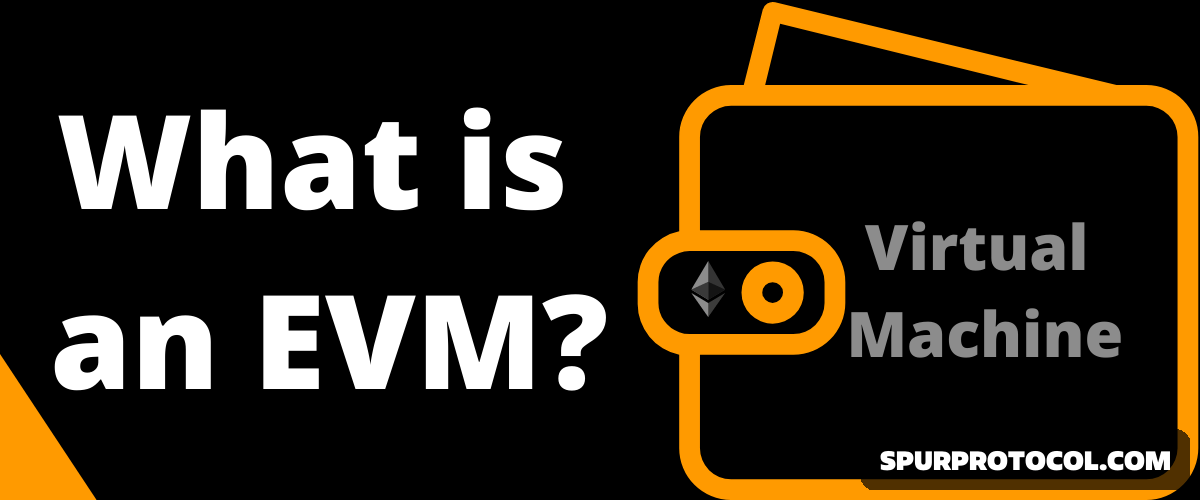WHAT IS EVM WALLET?
An EVM wallet supports interaction with blockchains compatible with the Ethereum Virtual Machine (EVM). This type of wallet not only allows users to store, send, and receive cryptocurrency but also enables active engagement with decentralized applications (dApps) on EVM platforms. Users can easily connect to various services and platforms, including decentralized exchanges (DEXs), NFT marketplaces, and financial protocols, significantly enhancing their capabilities.
Go Back

🕒 2:20 PM
📅 Jun 25, 2025
✍️ By deblessedtech
An EVM wallet is a digital wallet designed to interact with blockchains that are compatible with the Ethereum Virtual Machine (EVM). This means it allows you to manage your cryptocurrencies, tokens, and NFTs on Ethereum and other EVM-based networks. Essentially, it acts as your gateway to the Ethereum ecosystem and other compatible blockchains. Here's a more detailed explanation:
EVM Compatibility:
The Ethereum Virtual Machine (EVM) is the computational engine that executes smart contracts on the Ethereum blockchain. EVM-compatible blockchains share this same engine, allowing them to leverage the same development tools and infrastructure.
Wallet Functionality:
EVM wallets store your private keys, manage your digital identities, and facilitate transactions on the EVM-compatible networks. They enable you to send and receive cryptocurrencies, interact with decentralized applications (dApps), and manage your digital assets.
Examples:
Popular EVM wallets include MetaMask, Trust Wallet, and Coinbase Wallet.
Custodial vs. Non-Custodial:
EVM wallets can be either custodial, where a third party manages your private keys, or non-custodial, where you have full control over your keys.
Benefits:
EVM wallets offer a convenient way to access a wide range of dApps and services built on Ethereum and other EVM-compatible blockchains. They also allow you to manage multiple cryptocurrencies and tokens within a single interface.
Advantages and Capabilities of EVM
In addition to the features mentioned earlier, EVM wallets provide a unified interface for working with multiple compatible blockchains. This significantly simplifies the everyday use of cryptocurrencies, allowing users to easily store, send, and receive various cryptocurrencies and tokens across different platforms from a single wallet. Instead of managing multiple separate wallets for each blockchain, users can handle all their transactions through one interface, making the process more convenient and efficient.
For developers, EVM wallets are an essential tool, offering a platform for testing and deploying smart contracts on various blockchains. This enables developers to create and deploy decentralized applications (dApps) in a user-friendly environment, reducing the time and effort required to interact with different platforms. EVM wallets also help simplify the processes of managing smart contract versions and updates, which is a key aspect of blockchain-based development.
Moreover, these features make EVM wallets a vital part of the ecosystem, connecting users and developers while improving interoperability between blockchains. This fosters new opportunities for innovation and growth in decentralized finance and other applications that require cross-chain compatibility.
How to create and use an EVM wallet
The specific steps may vary depending on the platform, but the general process is as follows:
Download and Install the Application or Software. Choose a trusted EVM-compatible wallet and install it on your device.
Select «Create New Wallet». Follow the on-screen instructions to set up your wallet.
Write Down and Save Your Seed Phrase. Safely record the mnemonic (seed) phrase provided. This is crucial for recovering access to your wallet in case of device loss.
Set a Secure Password. Create a strong password for additional security.
Add the required blockchains to your wallet manually or automatically. You can also import tokens or allow the wallet to detect them on its own.
